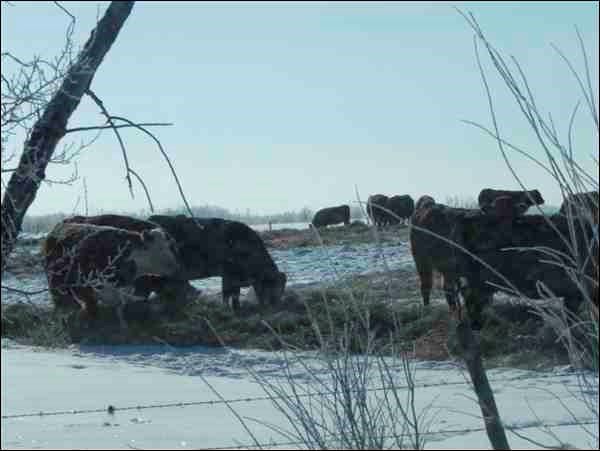The demand is there. The price point has been set. Can cattlemen meet the requirements?
That question framed opportunity for those attending the recent Canadian Feedlot Conference in Calgary, Alta., sponsored by Certified Angus Beef LLC with support from Elanco Animal Health.
CAB vice-president Larry Corah said a varying supply of high-quality beef in Canada has created an extraordinary challenge and opportunity for those who will work to meet the established demand for well-marbled beef.
AAA or better described just 20 per cent of all A grade cattle in 1993, and that improved but slowly through the 1990s. Then it shot higher coming into this century, more than doubling. Last year, those higher grading products made up nearly 60 per cent of the A-category beef in Canadian markets.
The relatively quick move to produce AAA-capable cattle depressed the historic price difference between higher and lower quality cuts, Corah said, but part of the problem was not enough difference in eating experience.
Suddenly, restaurants that had previously featured AAA and some AA started focusing on upper AAA and Prime. Grocers seized the opportunity to catch up to their fine-dining counterparts. Major retailers started selling AAA, upper AAA and even Prime, whetting more Canadian appetites for a better beef-eating experience, according to a CAB press release.
"CAB sales in Canada are exploding," Corah explained. In the four months from November through February, sales of the brand were up 2.2 million pounds, and the run is just getting started, he said, noting the company expects 42 to 43 million more pounds sold in Canada for the fiscal year that ends in September, the release states.
While he said huge strides were being made in meeting those demands, there's still more work to do.
"That equals a need for an additional 175,000 cattle that meet those quality expectations in the country," Corah said. To get there, about 5.5 per cent of all Canadian feedlot cattle will need to qualify with that premium AAA level of marbling, compared to the 2.2 percent currently making its way into that market.
The release explains that those demands have created an imbalance in the supply of high-quality products - the CAB brand sold 37 million pounds into the Canadian markets in 2012, with only 17 million pounds of that produced within the country's borders.
At the same time, more high-quality beef began to leave those borders as beef prices across the board continue to rise, according to the release. It was increasingly harder for restaurateurs and retailers to keep up with the standards consumers came to expect over the past five years.
"As a result, restaurants and retailers are scrambling again," Corah said. "It's really hard to tell the consumer your beef will cost more and, oh, by the way, I'm selling you a lower quality product now, too."
He said merchandisers have worked to find their own solutions to the tight supply problem, focusing on high-end grinds and featuring end meats in order to allow beef to compete in the meat case against its protein counterparts. While three-year trend lines show beef prices increasing at roughly the same rate as pork prices, it remains more than $1 per pound higher in price. Chicken, on the other hand, has remained at a steady price well below its competitors.
"Retailers are struggling with featuring beef at current prices, opting to feature more grinds and innovative cuts," Corah said. "They also want to put a 'local' spin on beef, especially in western Canada."
Even more reason for Canadian cattlemen to focus management practices on home-grown cattle that achieve high-quality carcass results.
"As a feedlot or cow-calf operator, you can impact that quality hugely-by focusing on consistent animal health and solid nutrition that boosts rate of gain and the development of internal marbling, starting with genetics that will fulfill those carcass-traits potential," Corah said.
It's well worth their time, too.
"Quality beef catches more dollars," he said. "Today, it's not unusual to see high-quality pens selling for $100 to $150 per head above base prices.
"As an industry, we are fortunate that consumers like beef, but they expect a quality eating experience," Corah said. "Our job is to continue meeting their expectations."

.png;w=120;h=80;mode=crop)


